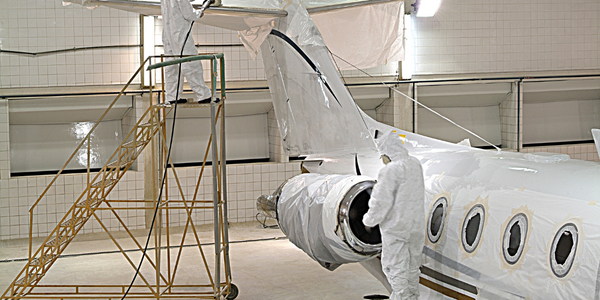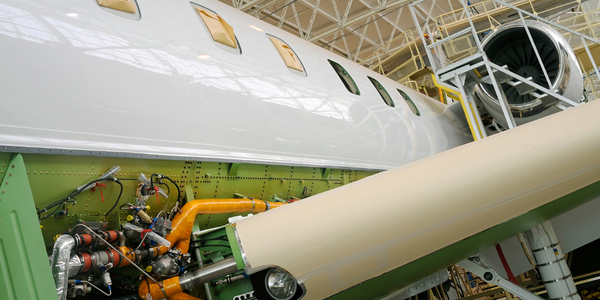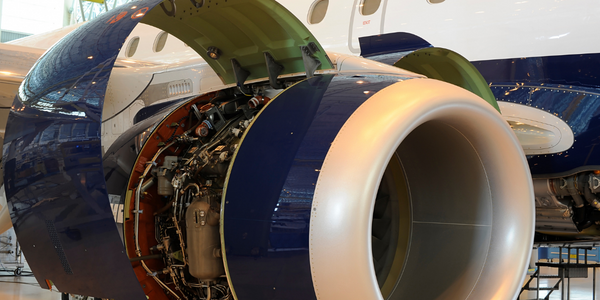Download PDF
Deutsche Lufthansa AG – Delivers an exceptional online experience with an IBM web portal and hybrid cloud hosting solution
Technology Category
- Infrastructure as a Service (IaaS) - Cloud Computing
- Infrastructure as a Service (IaaS) - Hybrid Cloud
Applicable Industries
- Aerospace
Applicable Functions
- Sales & Marketing
Services
- Cloud Planning, Design & Implementation Services
- System Integration
The Challenge
Deutsche Lufthansa AG, a leading airline, was looking to improve its online customer experience. The company wanted to launch a web reengineering initiative to enhance its online service delivery. Additionally, to support a new content management system with enhanced functionality, the airline needed to extend its hosting infrastructure with a platform running a Linux operating system.
About The Customer
Deutsche Lufthansa AG is a leading airline company based in Germany. The company operates flights to 94 countries in 12 languages, providing a high-performance, personalized user experience to its customers. The company was looking to improve its online customer experience and boost profitability by increasing flight bookings through better online service functionality. To achieve this, the company needed to launch a web reengineering initiative and extend its hosting infrastructure with a platform running a Linux operating system.
The Solution
IBM designed a comprehensive web portal solution that includes managed services for Lufthansa.com, application maintenance, and support delivered by local and global IBM teams. The solution contract establishes highly competitive service level agreements (SLAs) for capacity, availability and response times. In 2013, IBM upgraded the airline’s infrastructure, deploying an IBM Cloud Managed Services environment to create an integrated hybrid cloud hosting platform for the airline’s web workloads and new content management system.
Operational Impact
Related Case Studies.

Case Study
Airbus Soars with Wearable Technology
Building an Airbus aircraft involves complex manufacturing processes consisting of thousands of moving parts. Speed and accuracy are critical to business and competitive advantage. Improvements in both would have high impact on Airbus’ bottom line. Airbus wanted to help operators reduce the complexity of assembling cabin seats and decrease the time required to complete this task.

Case Study
Aircraft Predictive Maintenance and Workflow Optimization
First, aircraft manufacturer have trouble monitoring the health of aircraft systems with health prognostics and deliver predictive maintenance insights. Second, aircraft manufacturer wants a solution that can provide an in-context advisory and align job assignments to match technician experience and expertise.

Case Study
Aerospace & Defense Case Study Airbus
For the development of its new wide-body aircraft, Airbus needed to ensure quality and consistency across all internal and external stakeholders. Airbus had many challenges including a very aggressive development schedule and the need to ramp up production quickly to satisfy their delivery commitments. The lack of communication extended design time and introduced errors that drove up costs.

Case Study
Developing Smart Tools for the Airbus Factory
Manufacturing and assembly of aircraft, which involves tens of thousands of steps that must be followed by the operators, and a single mistake in the process could cost hundreds of thousands of dollars to fix, makes the room for error very small.

Case Study
Accelerate Production for Spirit AeroSystems
The manufacture and assembly of massive fuselage assemblies and other large structures generates a river of data. In fact, the bill of materials for a single fuselage alone can be millions of rows of data. In-house production processes and testing, as well as other manufacturers and customers created data flows that overwhelmed previous processes and information systems. Spirit’s customer base had grown substantially since their 2005 divestiture from Boeing, resulting in a $41 billion backlog of orders to fill. To address this backlog, meet increased customer demands and minimize additional capital investment, the company needed a way to improve throughput in the existing operational footprint. Spirit had a requirement from customers to increase fuselage production by 30%. To accomplish this goal, Spirit needed real-time information on its value chain and workflow. However, the two terabytes of data being pulled from their SAP ECC was unmanageable and overloaded their business warehouse. It had become time-consuming and difficult to pull aggregate data, disaggregate it for the needed information and then reassemble to create a report. During the 6-8 hours it took to build a report, another work shift (they run three per day) would have already taken place, thus the report content was out-of-date before it was ever delivered. As a result, supervisors often had to rely on manual efforts to provide charts, reports and analysis.






